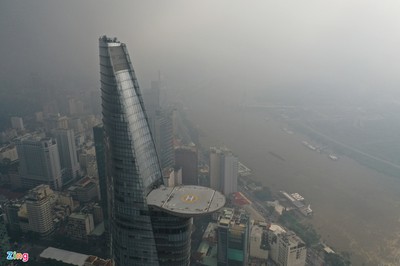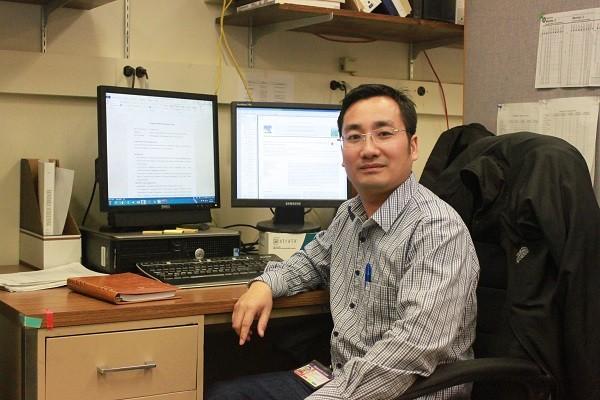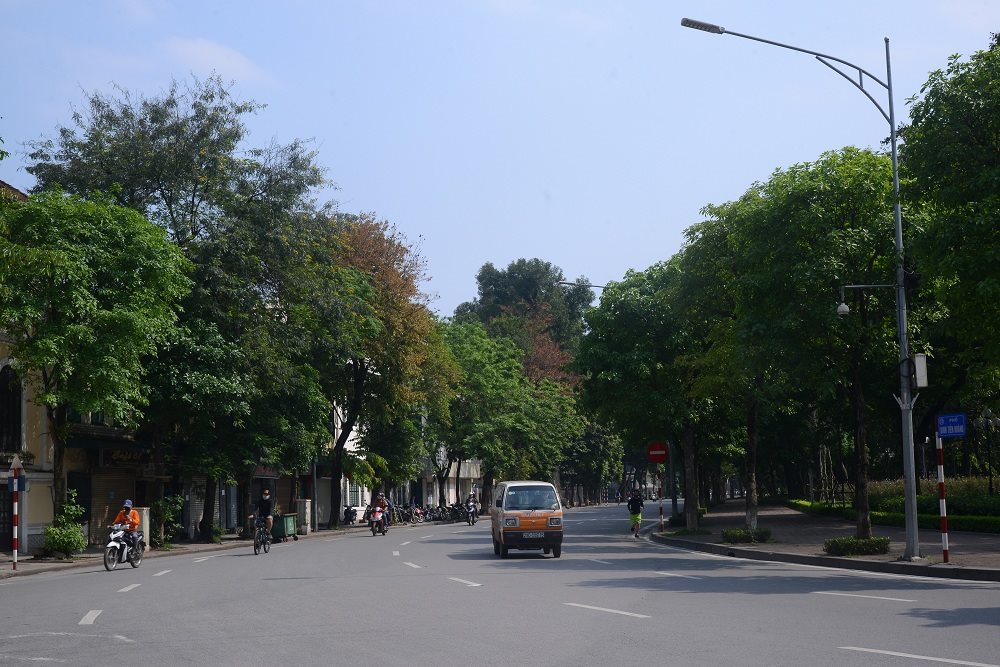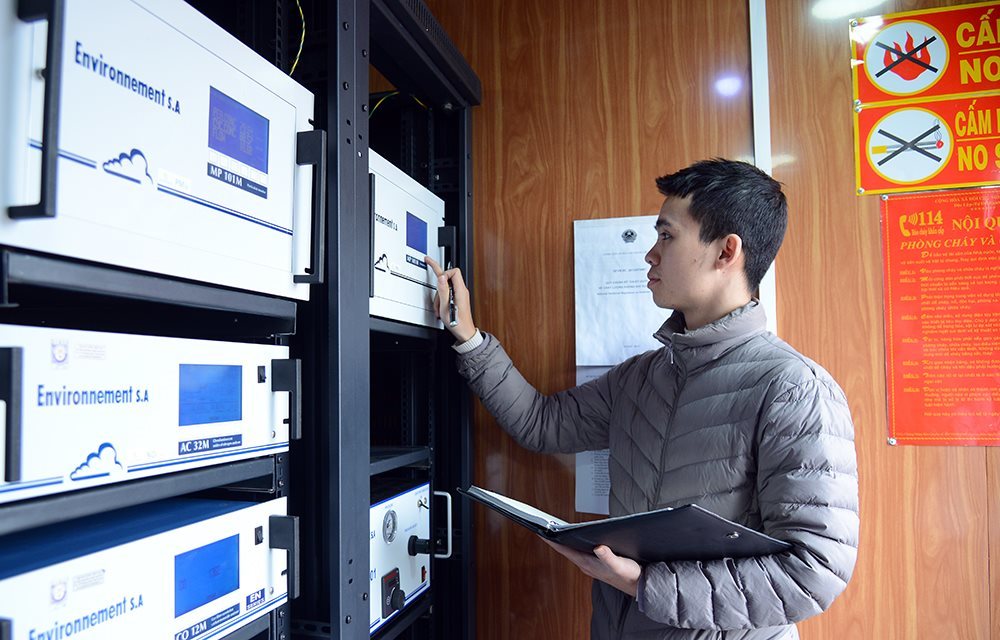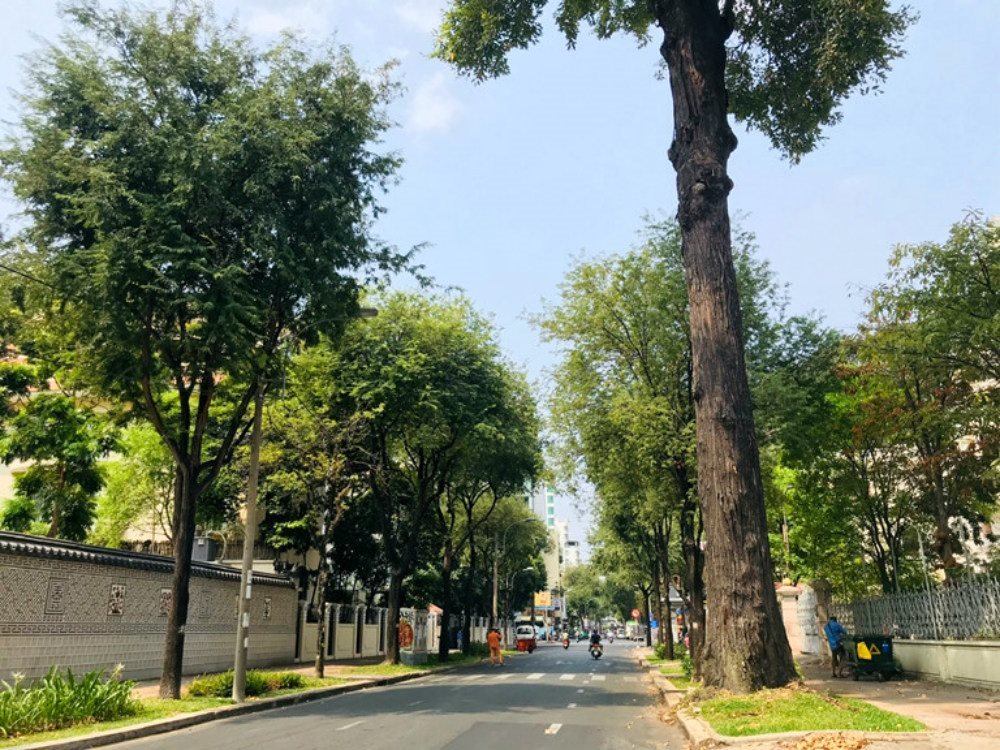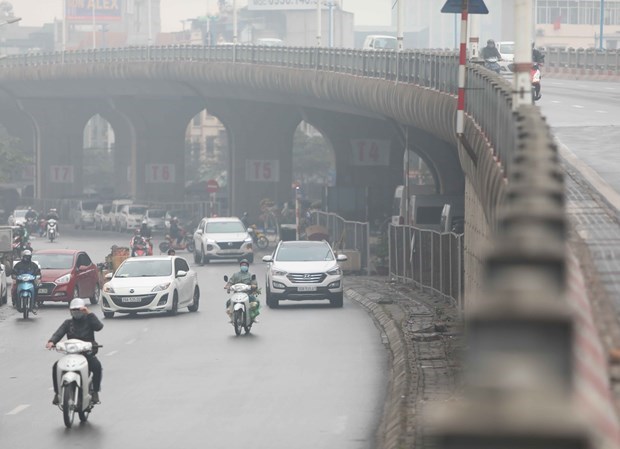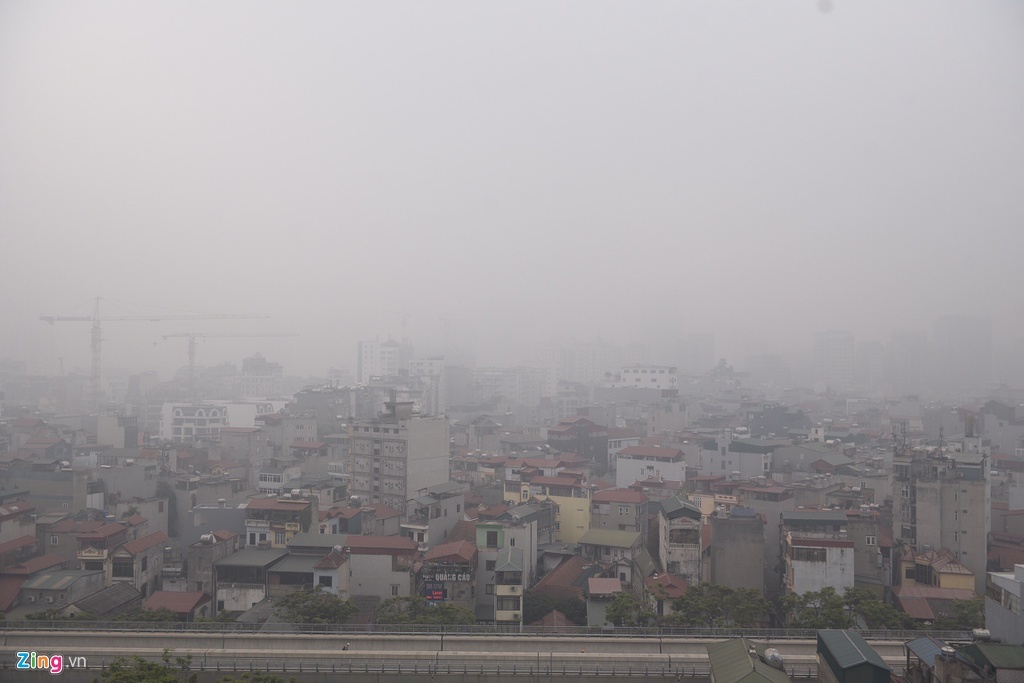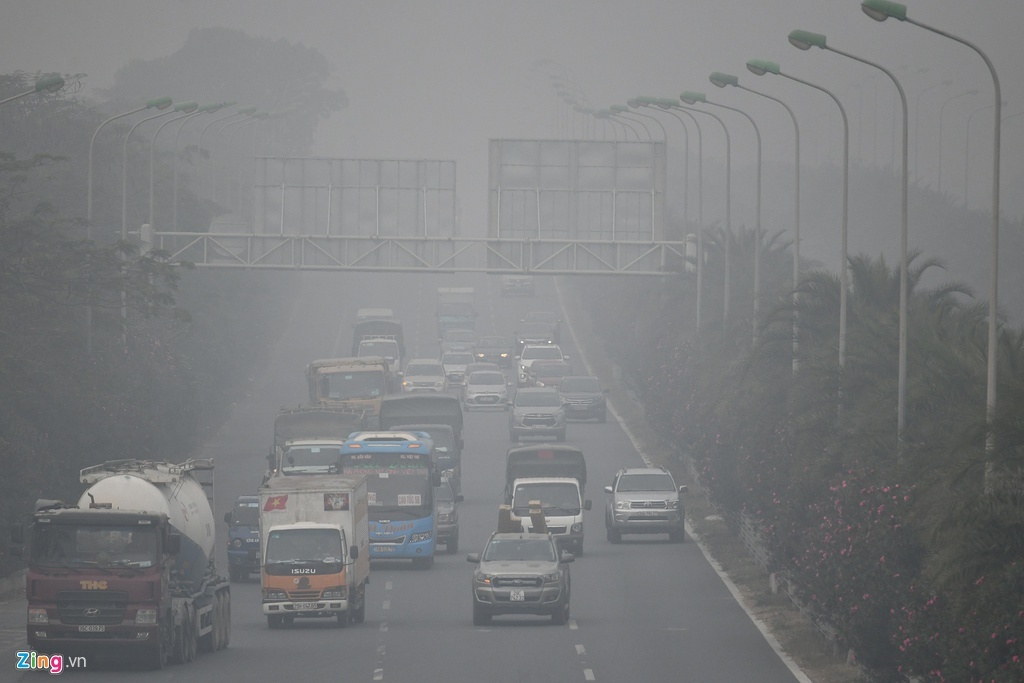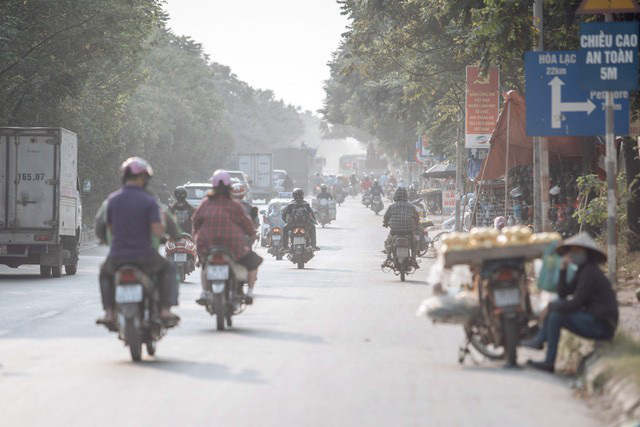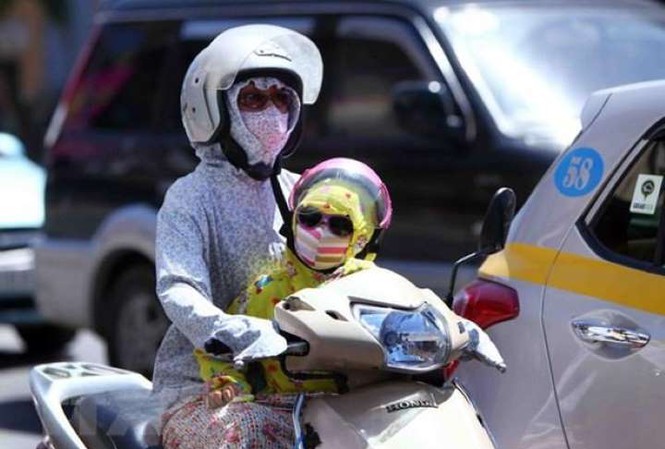- © Copyright of Vietnamnet Global.
- Tel: 024 3772 7988 Fax: (024) 37722734
- Email: evnn@vietnamnet.vn
AQI
Update news AQI
HCM City left gloomy amid heightened levels of air pollution
Air quality in HCM City worsened once again on the morning of June 26 with the air quality index (AQI) rising to 161, a level which is considered to be harmful to people’s health, following an evaluation of monitoring application AirVisual.
Vietnamese scientist offers new research method to study effects of air pollution
 A research work on the presence of phthalates in indoor air in northern provinces has been nominated for the 2020 Ta Quang Buu Award.
A research work on the presence of phthalates in indoor air in northern provinces has been nominated for the 2020 Ta Quang Buu Award.
Vietnam needs long-term strategy on air pollution
 Agencies have defined short-term solutions to partially settle air pollution, but Vietnam needs national long-term strategies, experts say.
Agencies have defined short-term solutions to partially settle air pollution, but Vietnam needs national long-term strategies, experts say.
VN environment directorate general wants modern air monitoring systems
 Investment in automatic air monitoring systems should be a high priority, Hoang Duong Tung, chair of the Vietnam Clean Air Network, has said.
Investment in automatic air monitoring systems should be a high priority, Hoang Duong Tung, chair of the Vietnam Clean Air Network, has said.
Air pollution improves in Hanoi as people stay at home, practice social distancing
 The social distancing policy has minimized emission activities, improving the air quality in Hanoi. However, the activities in the neighborhoods and surrounding provinces still show certain effects on air quality.
The social distancing policy has minimized emission activities, improving the air quality in Hanoi. However, the activities in the neighborhoods and surrounding provinces still show certain effects on air quality.
Air quality to improve from late March: VEA
 The air quality in Vietnam will improve from the end of March into the following months compared to that in the first months of 2020, the Vietnam Environment Administration (VEA) has said.
The air quality in Vietnam will improve from the end of March into the following months compared to that in the first months of 2020, the Vietnam Environment Administration (VEA) has said.
Hanoi vows to improve air quality: official
 Hanoi is taking all necessary measures to improve air quality, including treating to controlling waste in industrial zones and craft villages.
Hanoi is taking all necessary measures to improve air quality, including treating to controlling waste in industrial zones and craft villages.
Vietnam launches air quality monitoring app
 The air quality monitoring app is user-friendly, easy to download, install and upgrade.
The air quality monitoring app is user-friendly, easy to download, install and upgrade.
Are the estimates about air pollution's effects on the economy reliable?
 The conclusion that economic losses caused by air pollution could be up to 5 percent of GDP has raised controversy.
The conclusion that economic losses caused by air pollution could be up to 5 percent of GDP has raised controversy.
Air pollution’s effects on Vietnam’s economic structure
 According to Hoang Duong Tung, chair of the Vietnam Clean Air Network, former deputy general director of the General Directorate of Environment, PM 2.5 fine dust and ozone are the two most worrying issues.
According to Hoang Duong Tung, chair of the Vietnam Clean Air Network, former deputy general director of the General Directorate of Environment, PM 2.5 fine dust and ozone are the two most worrying issues.
Air pollution may lead to 5% GDP decrease for Vietnam: foreign investors
 Vietnam has been warned that serious air pollution will affect economic growth in the long term, and lead to foreign investment decline.
Vietnam has been warned that serious air pollution will affect economic growth in the long term, and lead to foreign investment decline.
Hanoi alone won’t be able to mitigate air pollution
 Mitigating air pollution in Hanoi is a difficult task as pollutants are spread out in the air with no boundaries. Hanoi alone won’t be able to fulfill the task, scientists say.
Mitigating air pollution in Hanoi is a difficult task as pollutants are spread out in the air with no boundaries. Hanoi alone won’t be able to fulfill the task, scientists say.
Air pollution in Hanoi is worse on days with easterly winds
 The emission sources outside Hanoi make up two-thirds of PM2.5 fine dust concentrations in Hanoi, according to a survey released in October 2018 on quantifying pollution sources.
The emission sources outside Hanoi make up two-thirds of PM2.5 fine dust concentrations in Hanoi, according to a survey released in October 2018 on quantifying pollution sources.
Air pollution alarming, electric motorbike market heats up
 People have been advised to restrict outdoors exercise, close windows and doors, and wear protective masks to protect themselves from PM2.5 fine dust.
People have been advised to restrict outdoors exercise, close windows and doors, and wear protective masks to protect themselves from PM2.5 fine dust.
Air pollution warnings upset students’ schedules
 Hanoi parents are concerned about the notice that their children will not go to school on days of serious pollution.
Hanoi parents are concerned about the notice that their children will not go to school on days of serious pollution.
Hanoi affected by waste from craft villages
 Dust and smoke from production workshops in Hanoi and neighboring provinces are one of the reasons behind the serious air pollution in the capital city.
Dust and smoke from production workshops in Hanoi and neighboring provinces are one of the reasons behind the serious air pollution in the capital city.
Are Vietnamese 'tolerating' pollution better than other countries?
 That is a question posed by experts in the context of the high air pollution concentration in Vietnam.
That is a question posed by experts in the context of the high air pollution concentration in Vietnam.
Central HCM City exceeds PM2.5 emissions limits
 Transportation activities make up 99 percent of the total CO emissions of HCM City.
Transportation activities make up 99 percent of the total CO emissions of HCM City.
Hanoians worried as air quality has become poor year-round
 The air quality in the last six days of November was poor, with the index exceeding the permitted levels.
The air quality in the last six days of November was poor, with the index exceeding the permitted levels.
Air pollution in Hanoi worsens as residents burn straw, fabrics
 The air quality in Hanoi is becoming worse than usual. In suburban districts, people are burning straw and scraps of fabric though they have been warned of the risks.
The air quality in Hanoi is becoming worse than usual. In suburban districts, people are burning straw and scraps of fabric though they have been warned of the risks.
